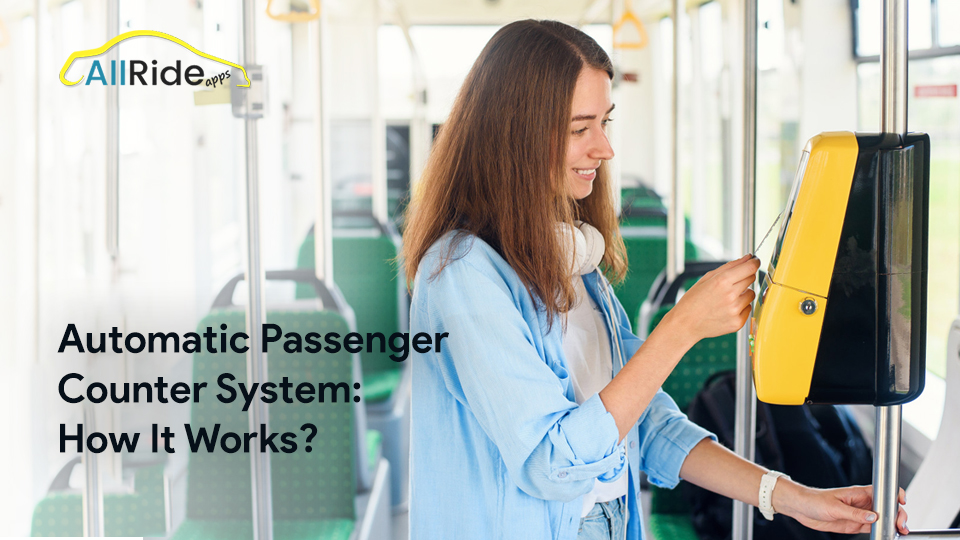
How Automatic Passenger Counters Systems Are Changing The Face Of Public Transport?
Transport is the lifeline of all cities and aren’t we all thankful for it! When talking about a city or a town, an excellent public transport system proves to be an important pillar for development. When the public transport system is sound, the majority of the people end up using and benefiting from it.
Enrique Peñalosa, Mayor of Bogotá, once said, “A developed country is not a place where the poor have cars. It is where the rich use public transport.” Mr. Peñalosa is a great man and I agree with his statement made by him. However, with the rapid changes in the transport industry, there are a lot of challenges that need to be addressed.
There has been a marked increase in the number of people flocking to the cities, all thanks to the development and rapid urbanization. I am sure you must have witnessed this yourself!
And well, the overcrowding of cities has led to its own share of problems. The rising traffic congestion and the tumbling air quality index are always making headlines in the news. As a result, carbon footprints are way higher in cities, especially the Metro cities. All these factors call for a significant overhaul in the Public Transportation System. We need to revamp the transport system and leave no stones unturned to upgrade it.
For the common people, a good public transport system is a big boon. The ever-expanding cities and the huge rise in population makes it imperative to focus on having a well-connected public transport system. Nevertheless, it also calls for a significant upgrade in the current surveillance systems.
A proper transit surveillance system ensures the safety of the passengers. These systems not only ensure safety but also do the work of providing some essential passenger data.

Throughout history, the way the data was collected was through the conventional method. The most common and widely used practice to collect data involves the use of Traffic Checkers. Most transit systems use traffic checkers to perform point checks, riding checks, or the bus operator’s boarding counts collection.
Counting Passengers? But why?
In the transport industry, the commuting of people forms the central pillar of the business.
In such a scenario, counting the number of people using your service would lead to all kinds of benefits. Let us check them out.
Money, money, and money. Transport systems that are not equipped with manual or automatic passenger counters are proven to lose more money. Without counting passengers, it’s difficult to ascertain whether the people on the vehicle have paid for their tickets. This ensures that only the passengers who have bought tickets to use the transport service results in much higher revenue.
Passenger data also helps in the process of scheduling trips and organizing fleet activities. It ultimately leads to a better experience for the passengers. Counting passengers between stops gives insight into which routes and stations/stops are used the most. It helps find out the cost of each passenger for different routes and times of the day. By monitoring the passenger count, trip time, and distance covered, you can find out the time lost by the fleet in waiting and off-time situations.
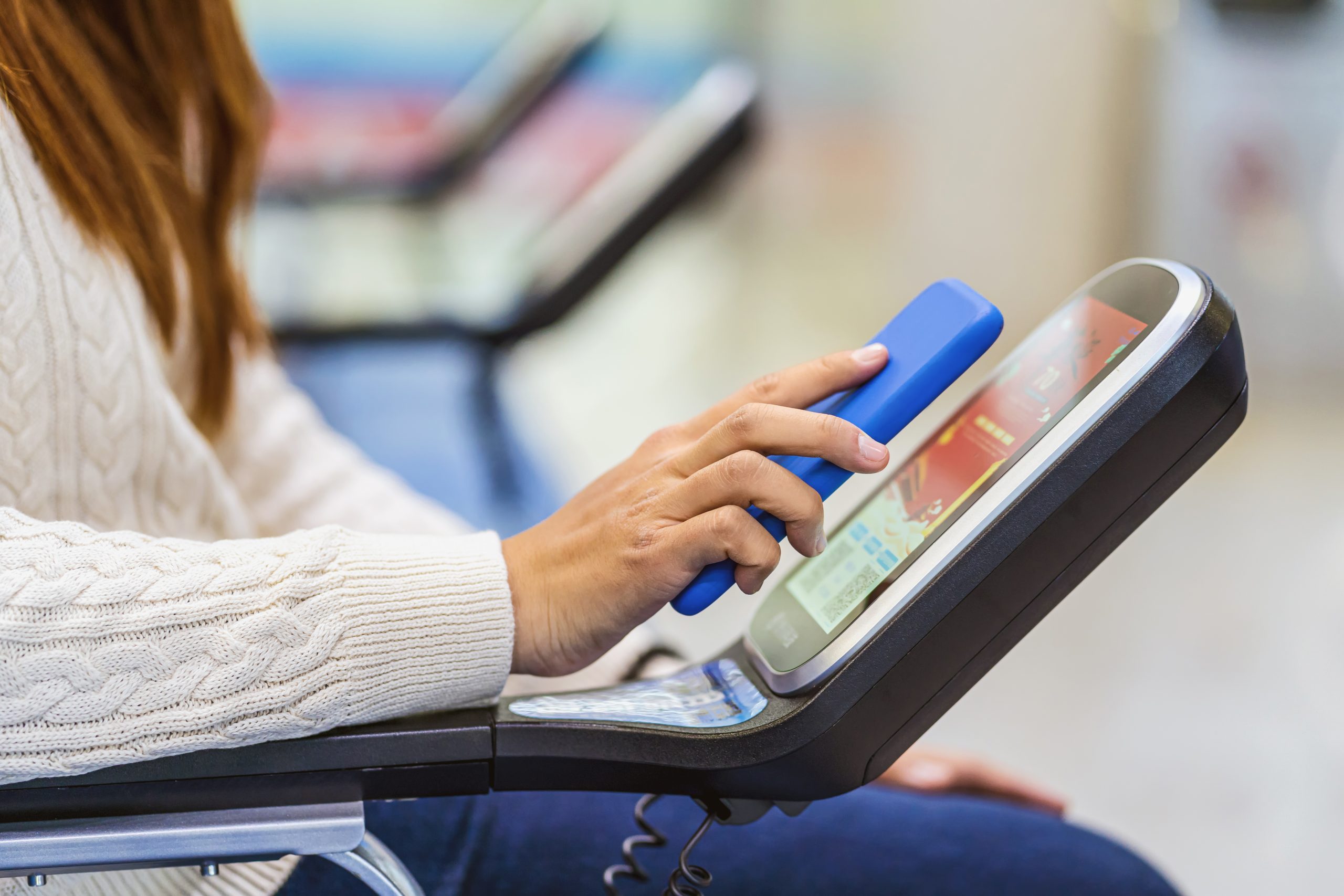
However, in my opinion, an efficient and effective public transit service delivery depends on many internal and external factors.
The manual method of collecting ridership data proves to be redundant and limiting. This is because the data collected is specific to the route of travel. Manual data collection is also challenging because of the sheer volume of data generated. When you see the transport systems in big cities, the volume of data generated is even more. And let me tell you, it is not easy to analyze so much data and derive insights out of it, that too manually!
Here is where Technology comes in and saves us, yet again! Automatic Passenger Counters systems or APC is the solution to our problems.
What is APC, you wonder? Let me tell you
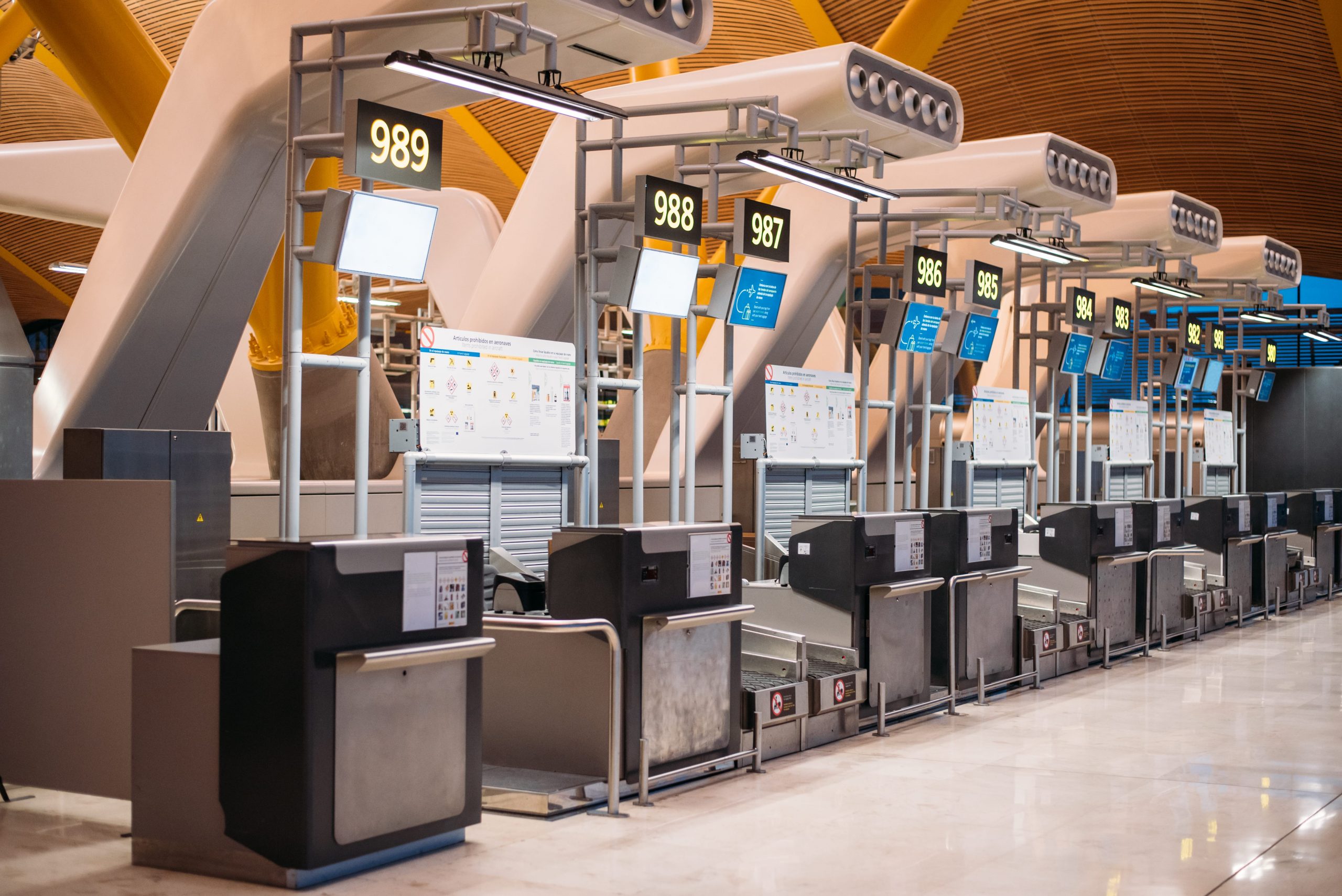
Automatic Passenger Counters are simple electronic devices that count the number of people getting on and getting off from the vehicle. These devices collect data about ridership and transit travel times.
Using APC proves to be a more reliable, accurate, detailed and cost-effective way of data collection. This data is essential for ongoing planning and scheduling activities. It may also include boarding, alighting, passenger loads, and vehicle running times.
Automated techniques help significantly in the reporting and analysis of data. The collected data can be analyzed at multiple levels, be it micro or macro. This allows the management staff for system planning and scheduling. It also helps them assess the performance of individual routes and route segments.
Let’s discover how APC works. I will also talk about how different tools and technologies enable better functioning.
Related read: IoT In Transportation And Logistics- Major Trends Of 2020
Tools And Technology For Automatic Passenger Counters Systems
Have a peek into some of the tools and technologies that can be utilized for the automatic passenger counter systems:
1. Infrared Technology
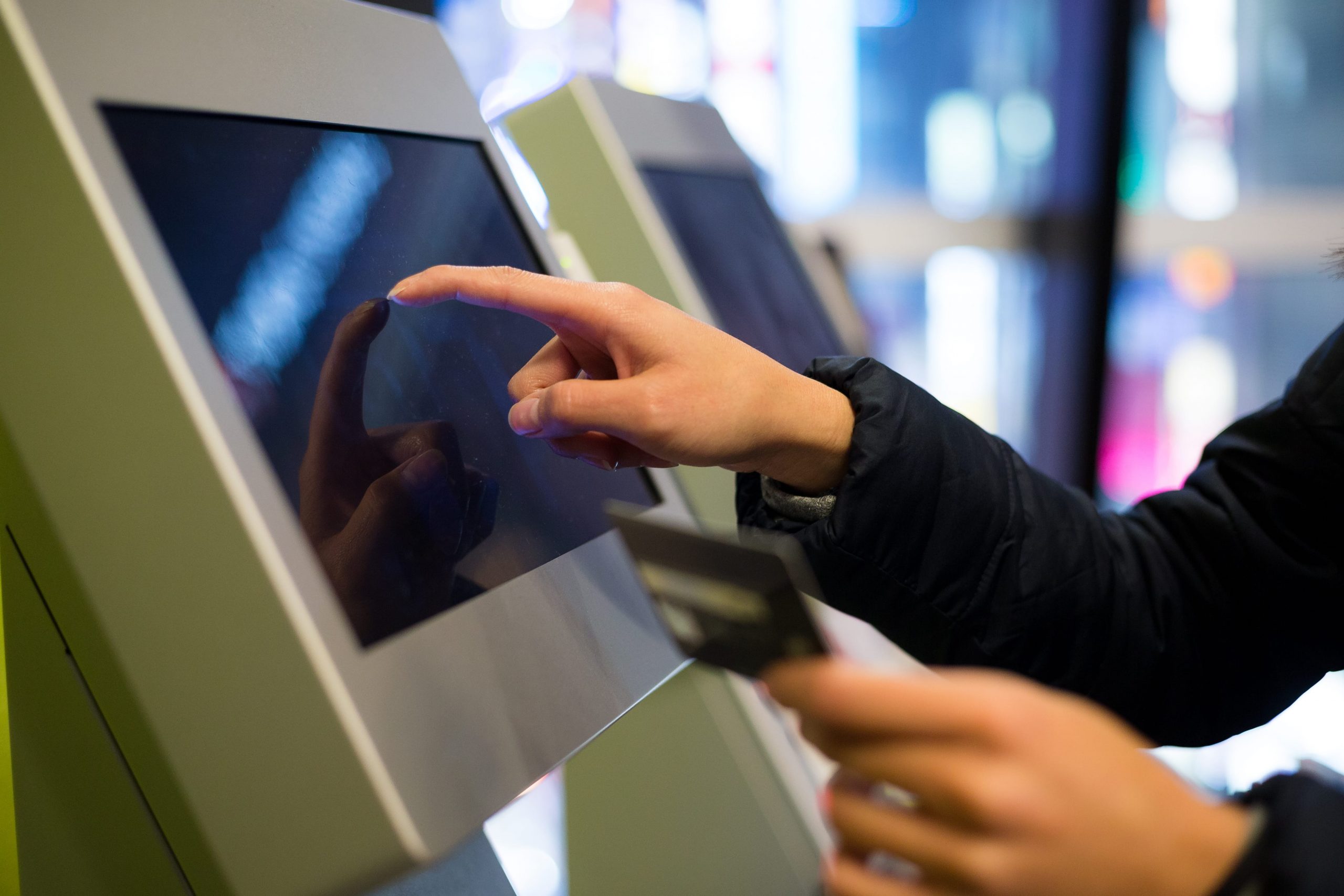
The most common technology relevant to Automatic Passenger Counters Systems usually involves using Infrared lights. The Infrared rays are not visible to the naked eye and are widely used.
There are two types of Infrared sensors, namely:
- Active sensors, which have a transmitter and a receiver. It creates a series of rays of infrared light, forming a beam. These lights are placed above the doorways of the vehicles. When these rays shine down, they form a beam of light. With every person entering or exiting the vehicle, the beam gets broken.
- Passive sensors, which use pyrolytic sensors in pairs to detect heat energy in the immediate surroundings.
- Active sensors are seen to be used in multiple industries, as they can differentiate between objects and help determine their position.
In the Automatic Passenger Counters systems, active sensors are used to monitor how many people have boarded the vehicle. It is also possible for the IR sensors to detect whether the person has on-boarded the vehicle or offboarded. The order in which this beam of infrared light gets broken also tells us if the person has entered the vehicle.
2. Weigh-In-Motion System

The Weigh-In-Motion or the WIM system is another way of using Technology in counting passengers. This system counts passengers by calculating the weight difference in the vehicle before and after stops.
You must know the vehicle’s overall weight, including the driver’s weight and the weight of the fuel in the tank. With these, you can find out the actual difference in weights at different stops. Using that, you can find out how many people alighted and got off from the vehicle.
The WIM systems have multiple sensors incorporated into the vehicle. The WIM systems identify the dynamic stress due to the vehicle’s passage on the sensors and get the static load in real-time.
Some core areas where this technology can be used are Toll Application, Observing traffic in real-time, environment studies, etc.
3. Treadle Mats

Using Treadle Mats Sensors for public transport vehicles is another technology that enables APC systems to function with accuracy. You can imagine Treadle mats as floor mats with pressure sensors built in them.
They are placed on the floor or access steps at the entrance/doorways of the vehicle. The mats sense the pressure difference when someone steps on it.
There is a metal structure that measures the pressure difference. This metal structure is then enveloped by a layer of rubber and placed strategically with the help of strong adhesives. It thus helps in collecting data about the number of people onboarding and offboarding.
Multiple organizations in the transport industry have started producing the mats and are being used widely.
However, the data collected using Treadle Mats might be incorrect when the vehicle becomes too crowded. The data collected might not be entirely accurate or reliable. Considering such situations, vehicles often use a mix of Infrared technology and Treadle Mats to get precise results.
It also calls for careful installation and proper maintenance since it often gets handled roughly during the course of its use.
4. Using Optics, GPS, and IoT
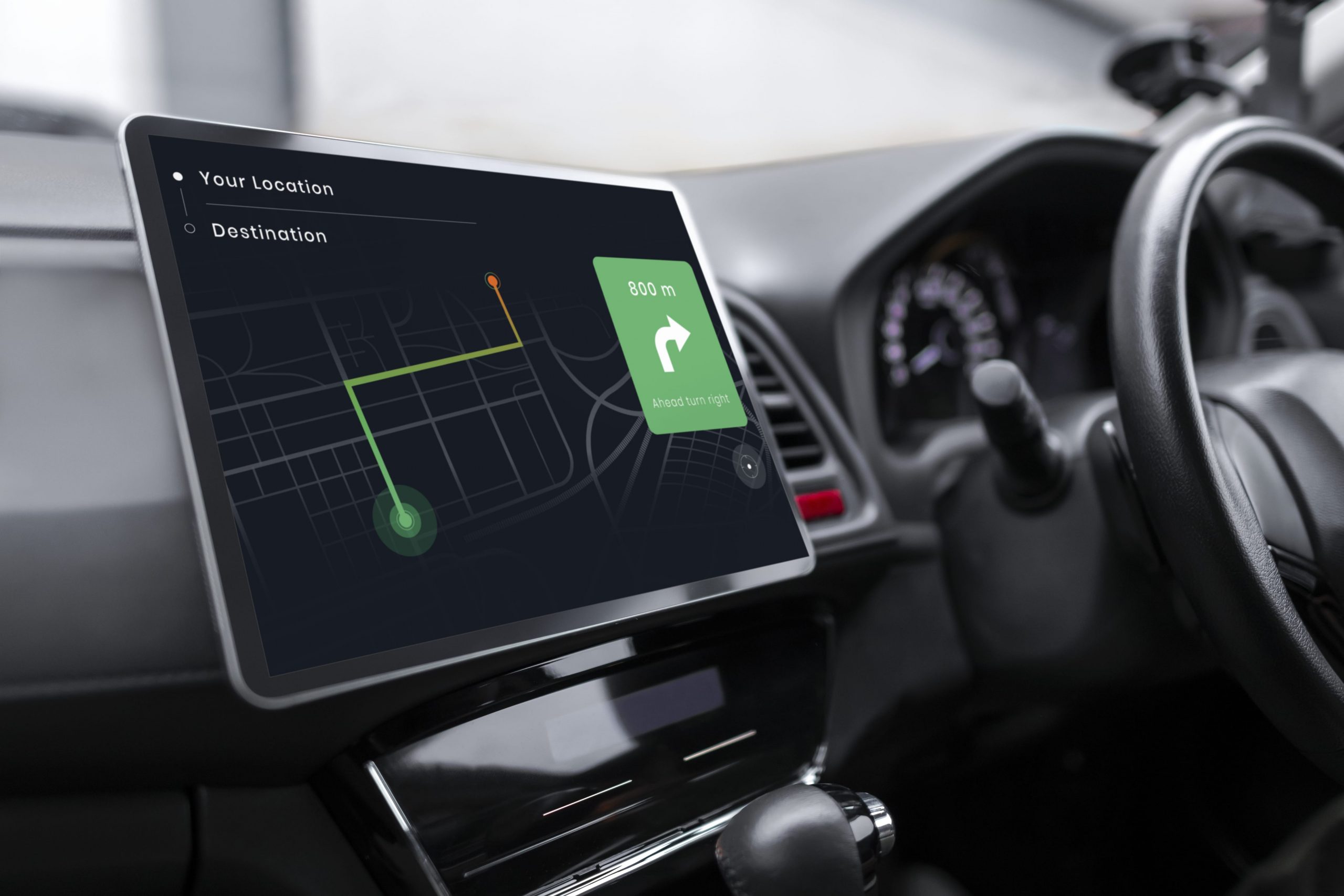
With advancements in technology, the APC sees an improvement in measuring techniques. Having cameras and optical solutions being integrated with the APC have reportedly given the most accurate numbers.
“The video counting system is over 98% accurate. This system can also distinguish between bikes, luggage, adults and children, with ease.”, says Retail Sensing, a people counting system provider.
Cameras are placed at the stop or station from where the passengers are onboard or offboard. They detect the entries and exits. This enables data collection in a video format. You could simply verify the passenger count by playing back the video.
The system reportedly can also give a “Live Occupancy Count” with the cameras installed in buses and trains. It shows exactly how many people are boarded on the vehicle and which seat they have occupied.
With the current Coronavirus pandemic, this proves to be very beneficial. The in-vehicle camera can be used to keep a check on the social distancing norms.
The APC can be integrated with GPS. This helps immensely to locate the vehicles. It also aids in determining the passenger counts in relation to the geography and position of the vehicle.
Nowadays, APC is also integrated with the Internet-of-Things or the IoT. Access to passenger counts along with IoT helps in the counting of vehicles, checking pollution, and determining the flow of traffic.
Related read: 5 Ways How GPS Can Streamline Your Truck Business
How Can Automatic Passenger Counters Systems Help You?

There are various benefits of using Automatic Public Counters, some of them being:
-Would be useful in monitoring the layover time, the time spent on each stop and would give a push to being punctual.
-With the deployment of Automatic Passenger Counters Systems, there is a marked reduction in the resources spent to train and employ people for manual counting of passengers. This also takes care of the errors and discrepancies in the collected data.
– Aids in determining the KPIs or the Key Performance Indicators of the fleet. Aspects cost-per-mile, cost-per-passenger, fleet waiting time, service hours, journey demands etc., can be found out.
-Determining the most effective way of planning daily activities and increasing the efficiency of the fleet.
-Enables handling of huge quantities of data with the utmost ease. It also provides detailed analysis and insights from the data collected.
-Giving an accurate count regarding the number of people using public transportation.
-Determining the peak traffic hours and the demand for public transport service in relation to that. It helps in planning the efficiency of routes and periods of high demand.

-Helps in coming up with new routes based on the analysis of past data. It helps determine the performance of the new routes and services put into use.
-Helps in optimized planning of the fleet. Timings, average trip time, number of passengers, and their frequency comes into play here. All the data collected for these factors are used for a better allocation of resources.
– Using APC technology in public transport systems would contribute significantly to the city’s overall connectivity and infrastructure. This can prove to be a massive leap in the city’s infrastructural development and growth.
-It would provide precise passenger data and transmit it to the central repository. It would prove to be instrumental in improving the city’s operations and efficiency.
– The drivers are no longer responsible for justifying the income brought in by the vehicle. Thanks to APC, the data captured can be used to derive the insights. The data is also more reliable and gets transmitted in real-time.
– The use of Automatic Passenger Counter systems along with the new age public transport management software is becoming popular in many places in the world.
Automatic Passenger Counter Systems Has Its Own Pros
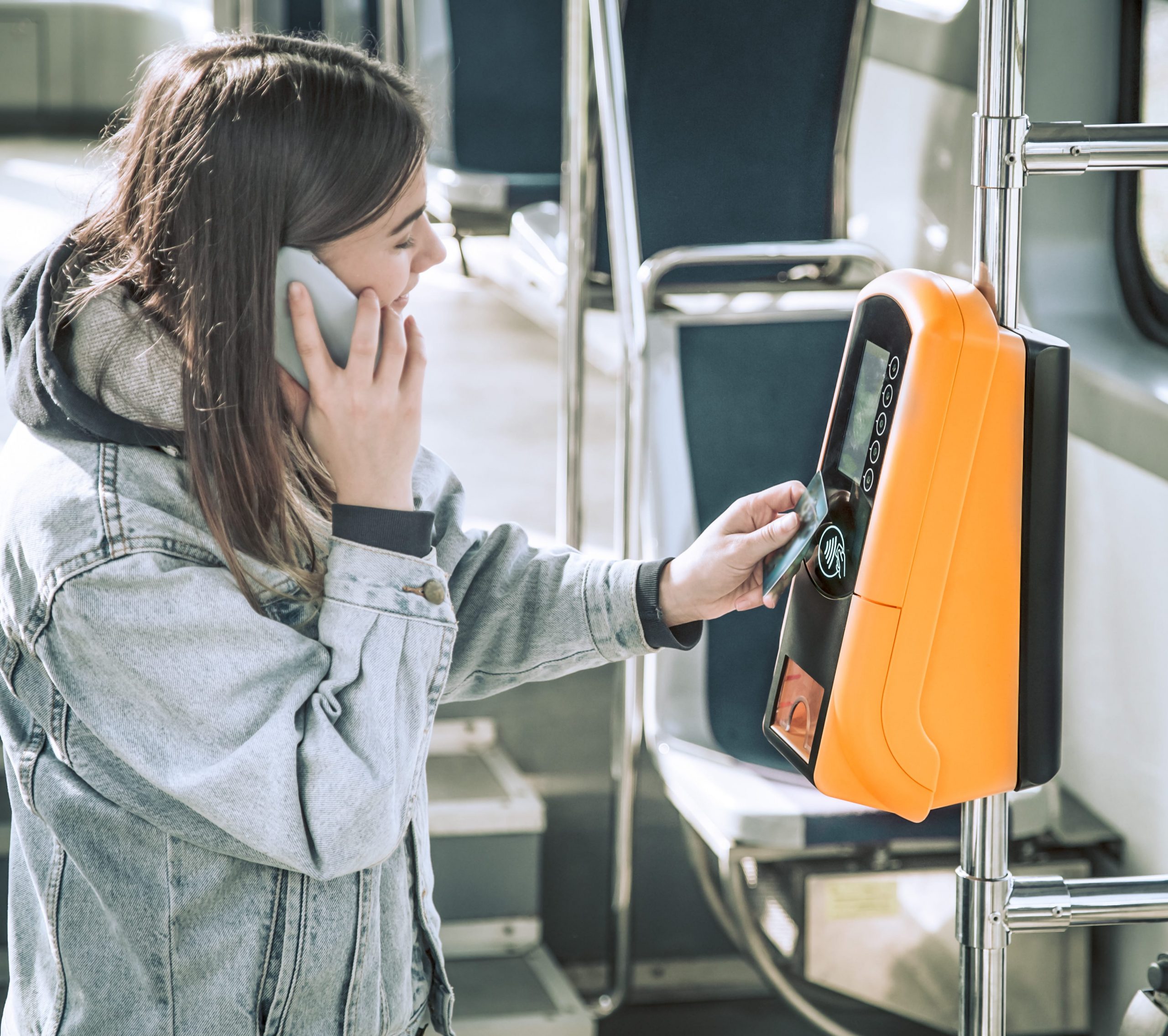
You know what has made technology all-pervasive and so accessible? Its constant developments and relentless innovation. This has made it possible for even the layman to be able to use technology daily. We must take advantage of this and try to address our fundamental problems and roadblocks.
Using the Automatic Passenger Counting system in the Public Transport system would provide a much-needed upgrade to the transport systems worldwide. The benefits of doing so are financial, operational, safety and security, and resource planning. And you all might already know how important these factors are!
The concept of using APC has proved its mettle in helping companies save huge sums of money. It has provided data and insights at affordable rates with the utmost accuracy to make lives better and safer for the common public.
Using efficient Passenger Transport Software and other Fleet management software in collaboration with APC leads to better management and smoother fleet operations.
Related read: Have You Thought Of Automating Your Logistics Business?
Wrapping It Up
Constant upgrades in tech, along with the innovations in the Automobile industry, make the future look promising. The constant developments in the tech space have made it accessible to the common masses. We must take advantage of this. We should use the latest technology available to solve or address our fundamental problems and roadblocks.
AllRide Apps offers a number of Transport solutions. We aim to help build a future-ready transport ecosystem for smarter cities with less traffic, less pollution, and more connectivity. Join our mobility revolution today!






